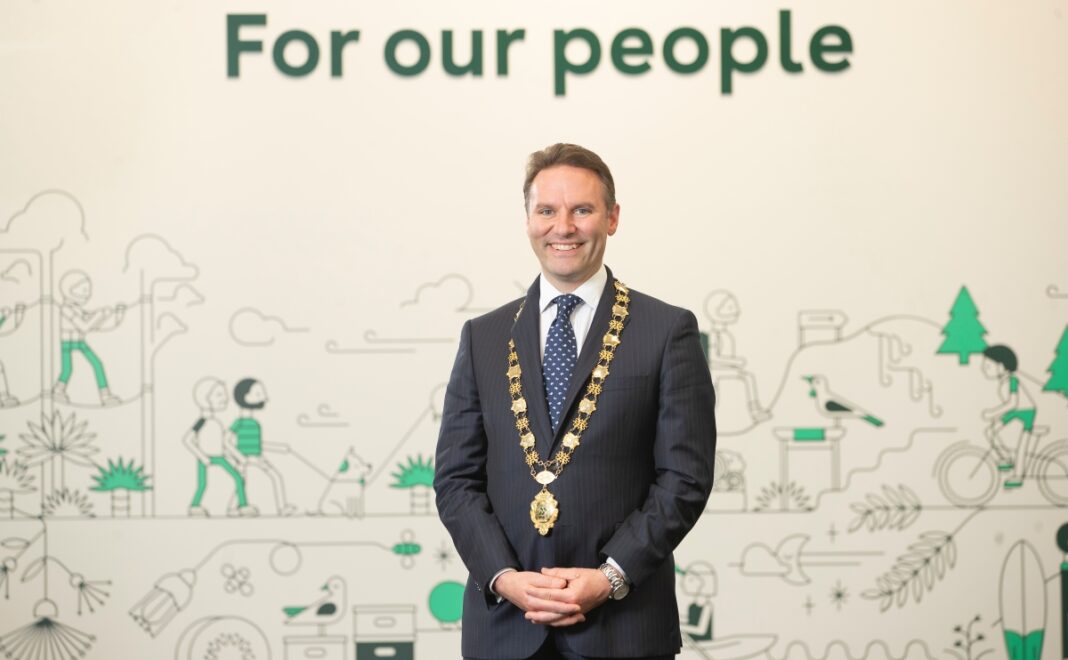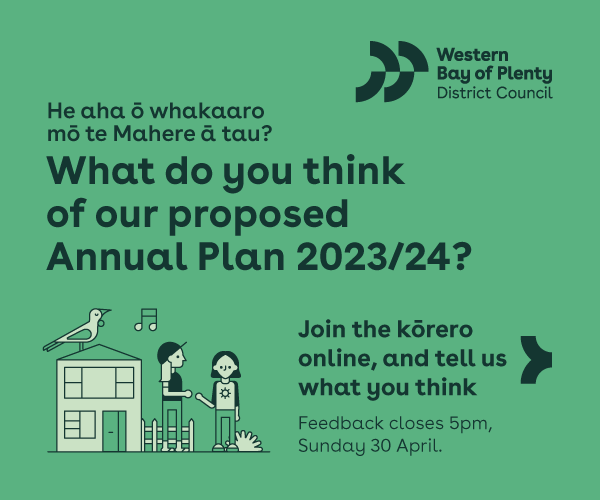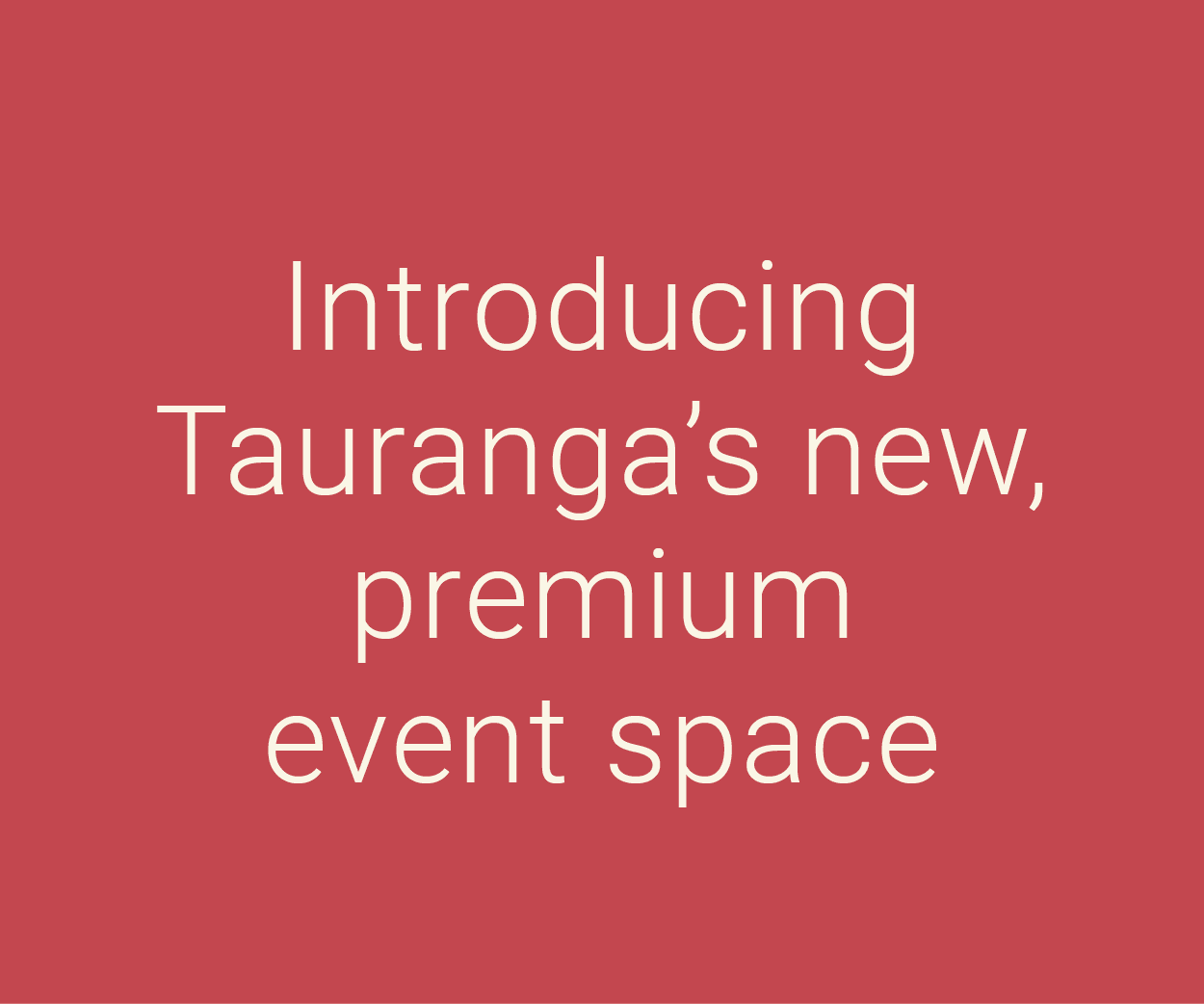Things are tough for everyone right now.
It’s hard to make ends meet with inflation levels just below a three-decade high, a cost of living crisis and soaring costs for materials and supplies. Plus, a couple of recent severe weather events, including a cyclone that’s caused devastation in Hawke’s Bay and Tairāwhiti in particular. Although we got off lightly in comparison, some of our infrastructure still suffered significant damage.
It’s the need to balance these tough economic times with the increasing costs faced by Council that have played a key role in how we arrived at our draft Annual Plan for 2023/24.
This coming financial year we’re proposing a rate increase of 7.41 percent.
While this proposed rate increase is higher than we had anticipated when the Long Term Plan was adopted two years ago, increased inflation has far exceeded what anyone assumed back then. I can assure you we haven’t made this decision lightly, given today’s economic climate.
This is about prudent financial management and not creating a funding problem in the future. Doing what we can today, making calculated decisions to minimise the chance of larger rates increases in subsequent years.
We want to be a Council that makes the right decisions and is committed to taking this District forward while balancing the needs of its people. Not one that kicks the can down the road for a later date.
This means delivering on some projects that will not only keep our District moving smoothly, but increase pride of place given the community have communicated a clear desire for these projects through past kōrero.
We’re proposing to do them now as they won’t have an impact on the average rates increase due to how they are funded, but they will have a longer term impact if we don’t do them now.
We also need to factor in the damage the recent adverse weather events caused. We are still assessing how much it will cost to fix (in the realm of $15-20 million), but it is likely to have an impact on this Annual Plan, and we may need to look at ways to help off-set any rates impact.
So, back to the proposed rates increase.
We’ve done as much as we can to bring this rate increase in line with inflation. With the Consumer Price Index at 7.2 percent, and Local Government Cost Index increases ranging between 8.7 percent-12.4 percent this hasn’t been easy. In addition, contractual cost increases are as high as 20 percent to reflect labour and material price increases.
Simply, the Local Government Cost Index measures the changing price of materials and services for local government activity – in other words it’s our own basket of goods for things like pipes and bitumen.
In particular we are proposing to dip into our General Rate Reserve as one mechanism to keep rates as low as prudently possible.
Using $1.6m of this reserve would allow us to strike an average 7.41 percent rate increase. We will not be using the full $5.1m to allow us a buffer should these funds be needed in the future and because it is not smart to use such reserves to offset ongoing costs (rather than selected one-off capital costs).
For context, without using a portion of the General Rates Reserve, the average rate increase would be 9.07 percent.
As I said earlier, we haven’t made this decision lightly. So, if you want to know more or wish to kōrero with me, councillors and the Council team please join us for a coffee at one of our three drop in sessions across the District – the week of 17 April.
Alternatively, head online at www.haveyoursay.westernbay.govt.nz/annualplan before 30 April.
I look forward to hearing from you about our Annual Plan.
James Denyer
Western Bay of Plenty Mayor













